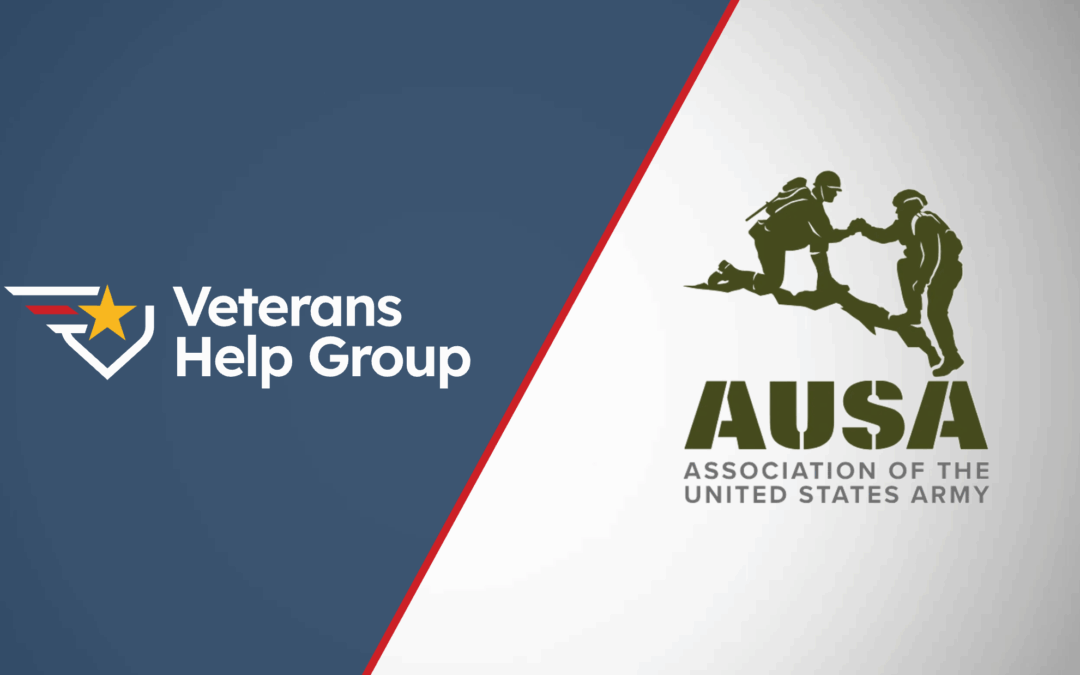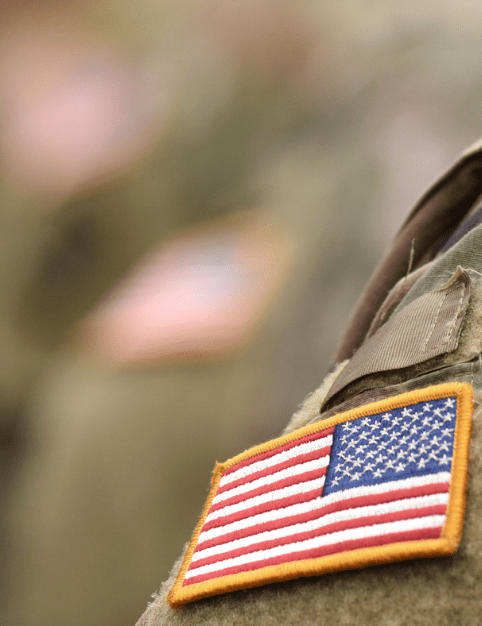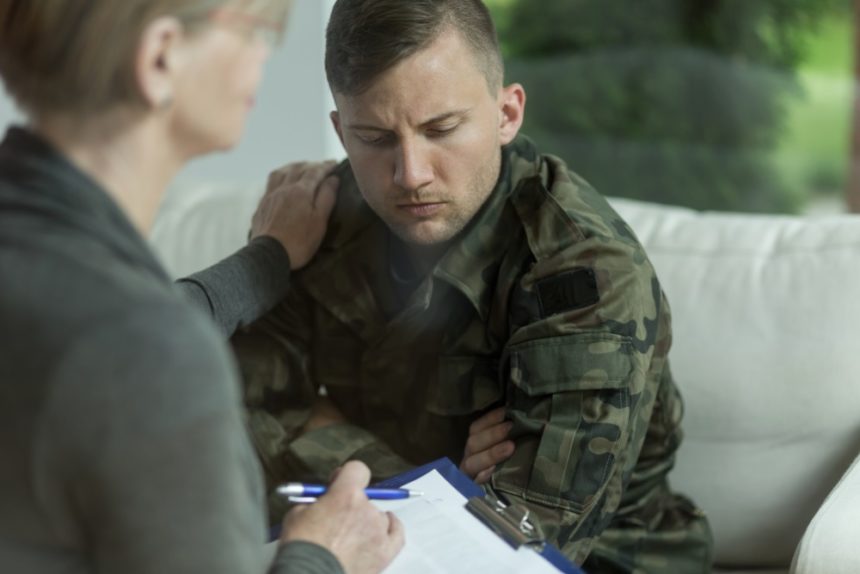Table Of Contents
The Veterans Suicide Epidemic
Warning: This blog contains content about suicide and veterans suicide epidemic that some may find distressing.
2020 National Veteran Suicide Prevention Annual Report
In November 2020, the Office of Mental Health and Suicide Prevention released its annual report regarding veteran suicide prevention.
Approximately 45,390 American adults died from suicide in 2017, compared with 31,610 in 2005. Out of these deaths 6,139 were veterans compared with 5,787 in 2005. The number of veteran suicides is increasing at an alarming rate over the past decade. The average number of suicides per day amongst veterans rose from 15.9 in 2005 to 16.8 in 2017. In 2017, the suicide rate for veterans was 1.5 times the rate for non-veterans. Although the data in the annual report only goes through 2017, the VA now estimates that approximately 20 veterans commit suicide every day.
The VA has worked in partnership with the White House, Congress, Veterans Health Administration, and federal and community partners to address the veterans suicide epidemic. Through this, the VA has come up with several initiatives including the PREVENTS task force, #bethere campaign, the Mayor’s Challenge, and greater access to mental health care for Reservists and those with Other than Honorable discharges.
There are no significant increases in the Veteran suicide rate from 2017-2018, average suicide deaths per day or total count of Veteran suicides — however, there were positive trends related to VA health care and suicide prevention efforts overall.
PREVENTS Task Force Against Suicide
In March 2019, President Trump signed an executive order creating a public health strategy to address the rising rates of suicide among veterans. The President’s Roadmap to Empower Veterans and End a National Tragedy of Suicide (PREVENTS) serves as national call to action aimed to improve veterans’ quality of life and lowering the veteran suicide rate.
In September 2019, the PREVENTS task force met with Veterans Service Organizations and other relevant groups to gain insights and feedback. About 50 organizations, including the American Psychological Association met with the White House.
PREVENTS extends beyond the typical clinical interventions and focuses on prevention that builds protective social factors for veterans screened and identified as high risk. The task force operates on the belief that building community partnerships to fight the isolation that veterans encounter is critical to suicide prevention.
#BeThere Campaign
The National Action Alliance for Suicide Prevention (Action Alliance) is working with 250 national partners from the public and private sectors, including the VA, to advance the National Strategy for Suicide Prevention. The Action Alliance is focusing on three priority areas: (1) transforming health systems; (2) transforming communities; and (3) changing the conversation.
The #BeThere Campaign represents one of many initiative the VA is engaging in to raise awareness of veterans suicide epidemic. It highlights the risk factors and warning signs for suicide, provides information about VA mental health and suicide prevention resources, and helps individuals and organizations start the conversation around Veteran mental health. The VA encourages community leaders, colleagues, family, and friends to simply “be there” by sharing messages of support.
Mayor’s Challenge to Prevent Veteran Suicide
In December 2017, the VA and the Department of Health and Human Services’ Substance Abuse and Mental Health Services Administration announced the inaugural Mayor’s Challenge to Prevent Suicide among service members, veterans, and their families. The goal of the Mayor’s Challenge is to eliminate suicide through a public health approach.
The Challenge brings cities together to form interagency teams dedicated to suicide prevention resources for veterans in their communities. It includes plenary sessions, customized workshops, and working sessions for teams to collaborate and identify priorities and steps towards prevention.
Mental Health Care for Other Than Honorable Discharge
Veterans with an OTH discharge typically do not qualify for VA benefits, even though many have service-related trauma. As a group they have a very high suicide rate. To help address this issue the VA has made mental health care treatment available ot former service members with OTH discharges through two new programs.
The first program, established in 2017, is specifically focused on expanding access to assist former OTH service members who are in mental health distress and may be at risk for suicide and other adverse behaviors. Former service members with an OTH discharge may receive care for the mental health emergency for an initial period of 90 days, which can be inpatient, residential, or outpatient care. During these 90 days, the Veterans Health Administration and the Veterans Benefits Administration will work to determine if the condition is a result of service. If it is, the service member would become eligible for ongoing coverage for that condition.
The second program focuses on Public Law 115-151, which notifies former service members of the mental and behavioral health care they may now be eligible for.
Increased Access to Mental Health Care for National Guard and Reserves
In 2019, the Department of Defense (DoD) provided $8 million for a National Guard preventative mental health pilot program. Approximately half of the funding was allocated for the Army National Guard and the other half was allocated for the Air National Guard.
In March 2019, bipartisan legislation was introduced that would expand National Guard and Reserve access to mental health care, regardless of deployment status. The Care and Readiness Enhancement (CARE) for Reservists Act is meant to address the high rate of suicide among members of the National Guard and Reserve. The bill would
Veterans Crisis Line
For more immediate help, the VA has implemented the veterans crisis line which is staffed with specially trained responders to help veterans 24 hours a day, 7 days a week, 365 days a year. The Veterans Crisis Line connects service members and veterans in crisis, as well as their family members and friends with qualified VA responders through a confidential toll-free hotline, online chat, or text-messaging service.
Veterans can access the Crisis Line in any of the following ways:
- Dial 1-800-273-8255 and Press 1 to talk to someone
- Send a text message to 838255 to connect with a VA responder
- Start a confidential online chat session at VeteransCrisisLine.net/Chat
- Take a self-check quiz at VeteransCrisisLine.net/Quiz to learn whether stress and depression might be affecting you
- Find a VA facility near you
- Visit MilitaryCrisisLine.net if you are an active duty service member, guardsman or reservist

Veterans Help Group Advocate Makes History: Donnel Beckles Becomes AUSA’s First Regional Benefits Advisor
Veterans Help Group Advocate Makes History: Donnel Beckles Becomes AUSA's First Regional Benefits...

2025 VA Tinnitus Changes
2025 VA Tinnitus Changes For years, the tinnitus VA disability rating has been set in stone. If a...

VA Disability Rating for Diabetes
VA Disability Rating for Diabetes You may not think of diabetes as a service-connected condition,...





